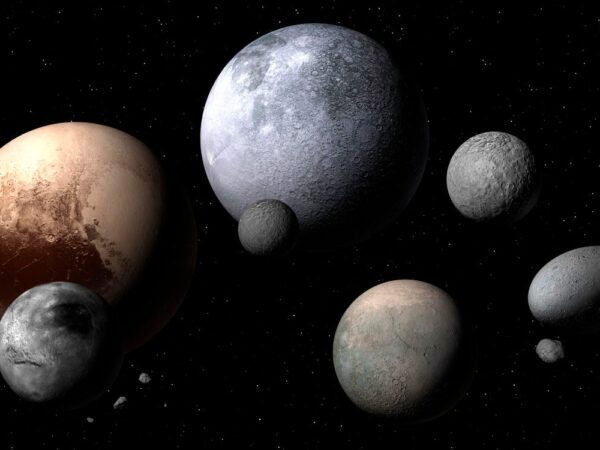In mid-August 2018, Planet Dwarl Pluto passed in front of stars that gave the ideal opportunity astronomers to learn more about the previous planetary atmospheric density. Researchers from the Southwest Research Institute and the Astronomer team used telescopes in various locations in the US and Mexico to observe the atmosphere of Pluto because of the backlit by the star placed well on August 15, 2018.
Play Pluto in front of the star is known as occultation events and is used to measure the overall abundance of the Planet Dwarf atmosphere. During their observations, scientists found evidence that the atmosphere around Pluto disappeared and refreezing to the surface when moving further from the sun.
Scientists have used occultations to monitor changes in the Atmospheric Pluto since 1988. New Horizons also obtained density profile information when flying with Pluto in 2015. Interestingly, data collected in Flyby which shows that pluto mass atmosphere multiply every decade. However, the data collected in 2018 did not show the trend continued.
The telescope near the middle of the Shadow Path of Pluto observes something called “Central Flash,” which occurs when the Pluto atmosphere purifies light to the area at the shadow center. Scientists noted that the central flash was seen in 2018 observations was the strongest one who had been recorded during the occultation of Pluto. The atmosphere of Pluto is mostly nitrogen and is supported by surface ice vapor pressure. Small changes in surface temperatures can produce major changes in its atmospheric density.
It takes pluto 248 earth years to orbit the sun completely, and the distance from the sun varies from 30 astronomical units up to 50 astronomical units. Over the past 25 years, Pluto moves further from the sun, which means not too light. Until 2018 surface pressure and atmospheric density increased through phenomena known as thermal inertia. However, new data shows that as Pluto cools, the atmospheric density decreases.

